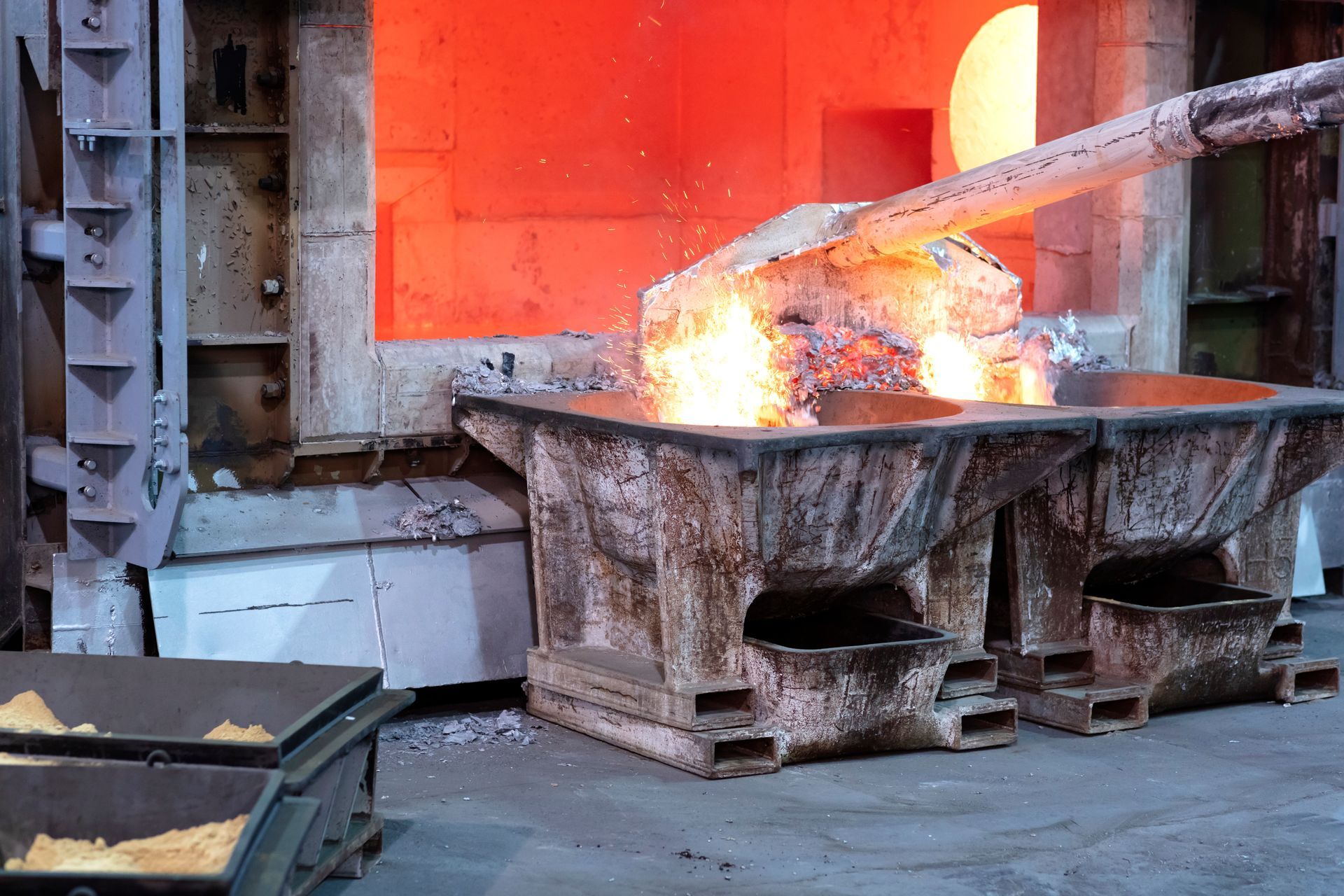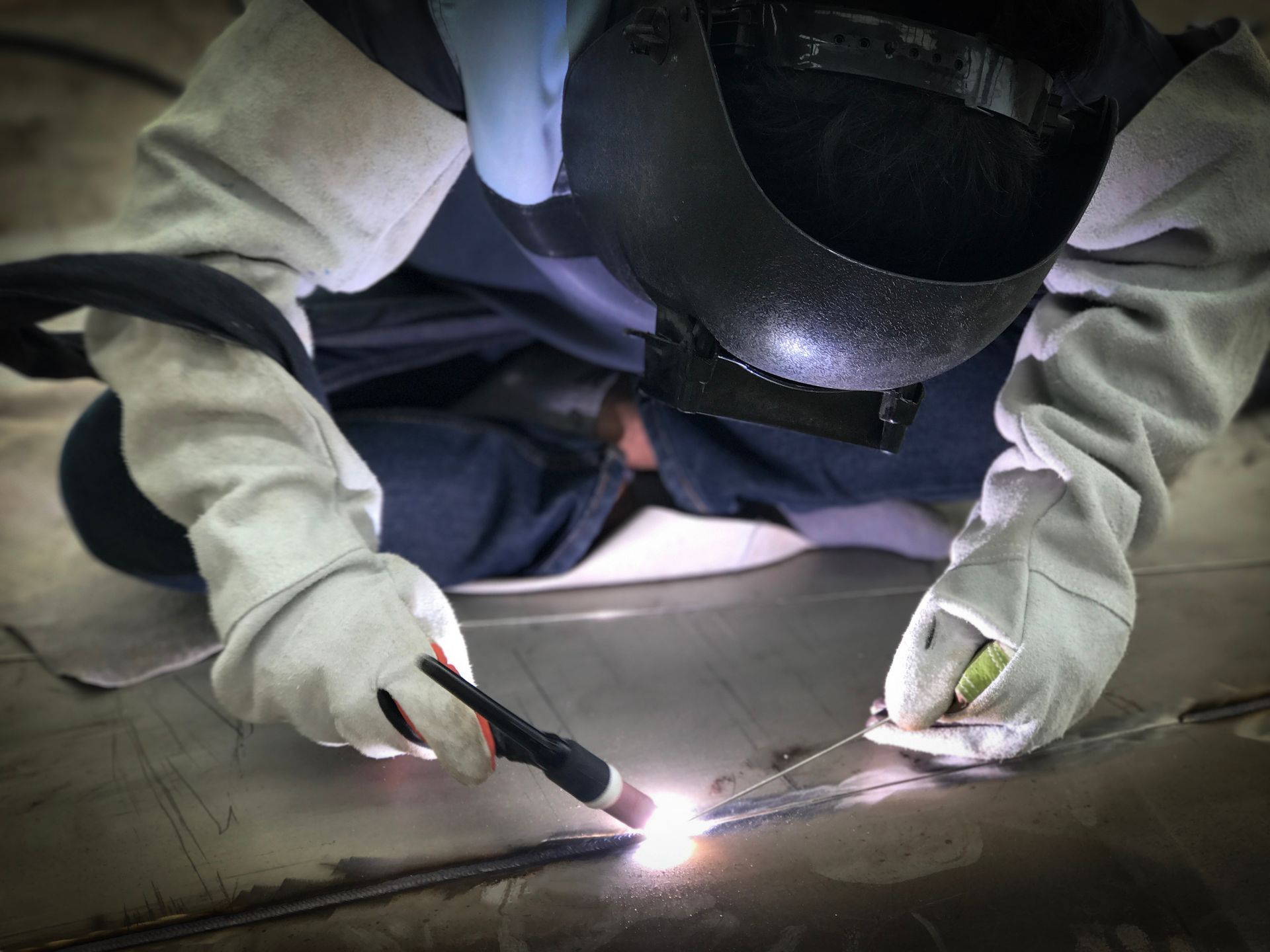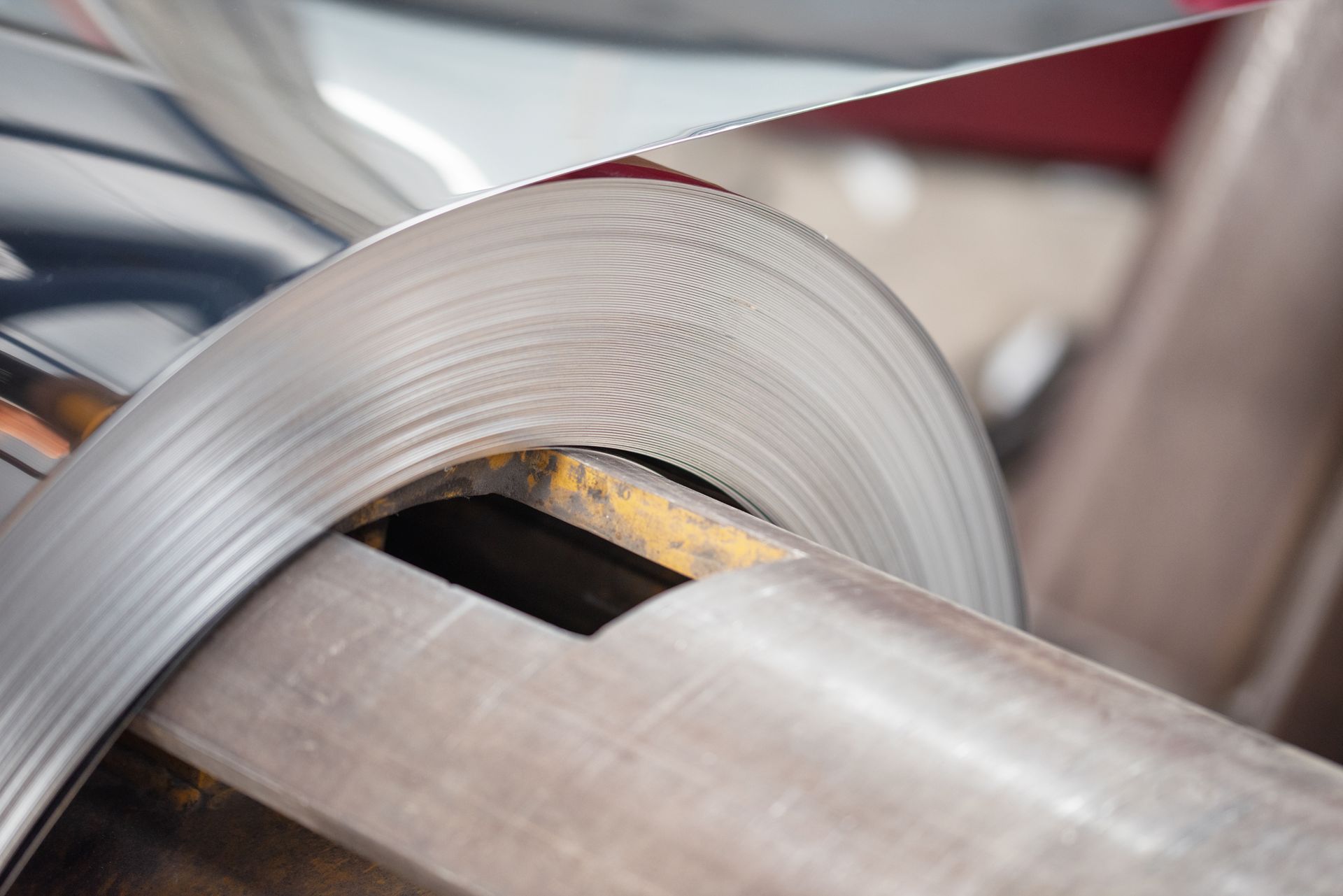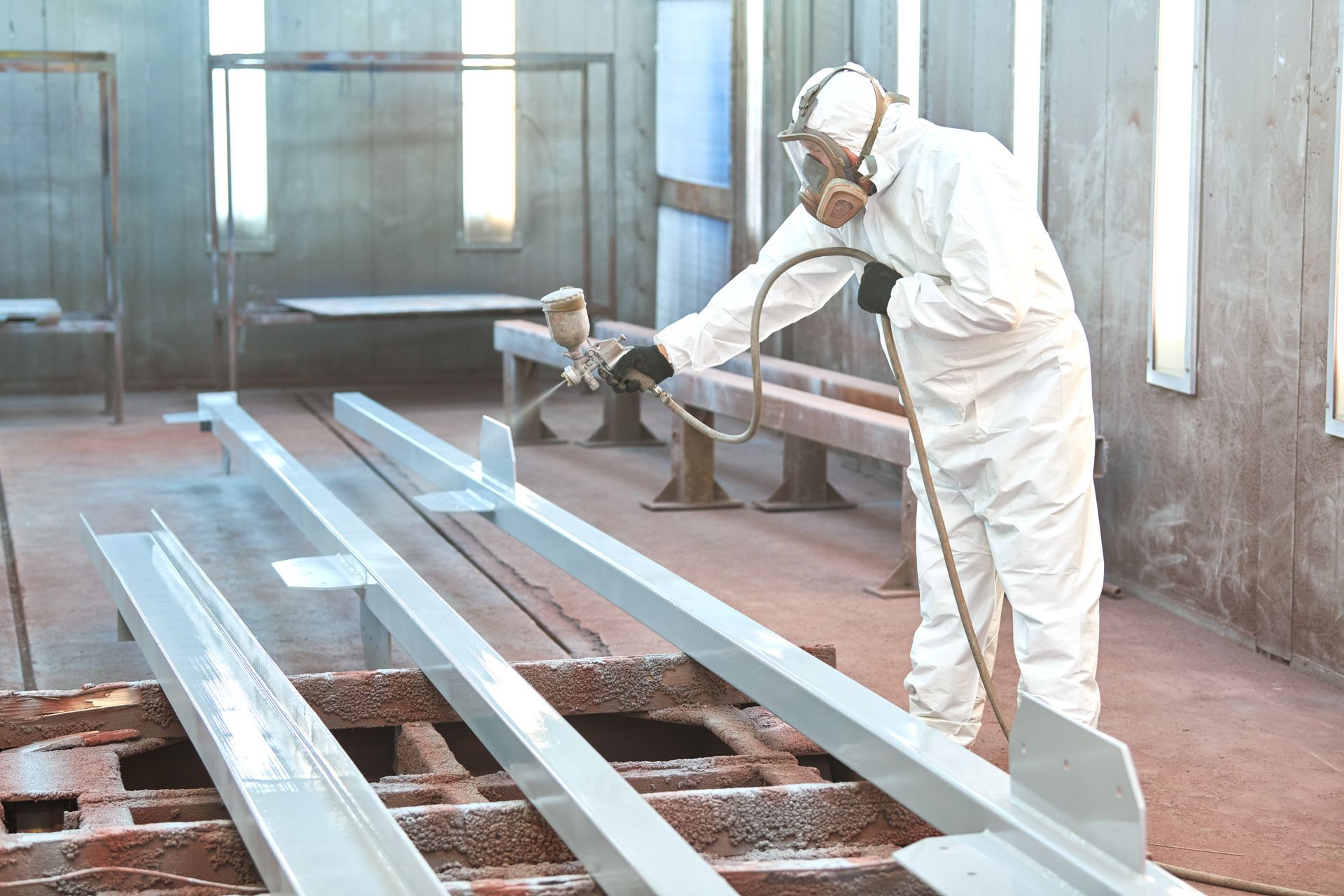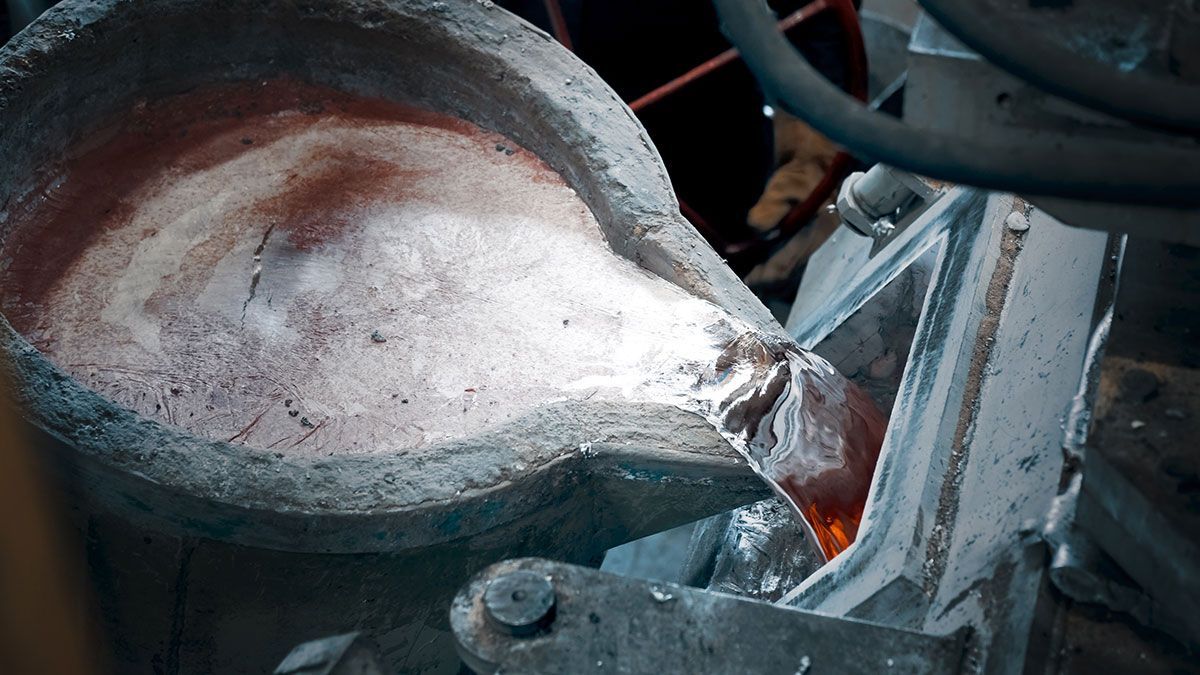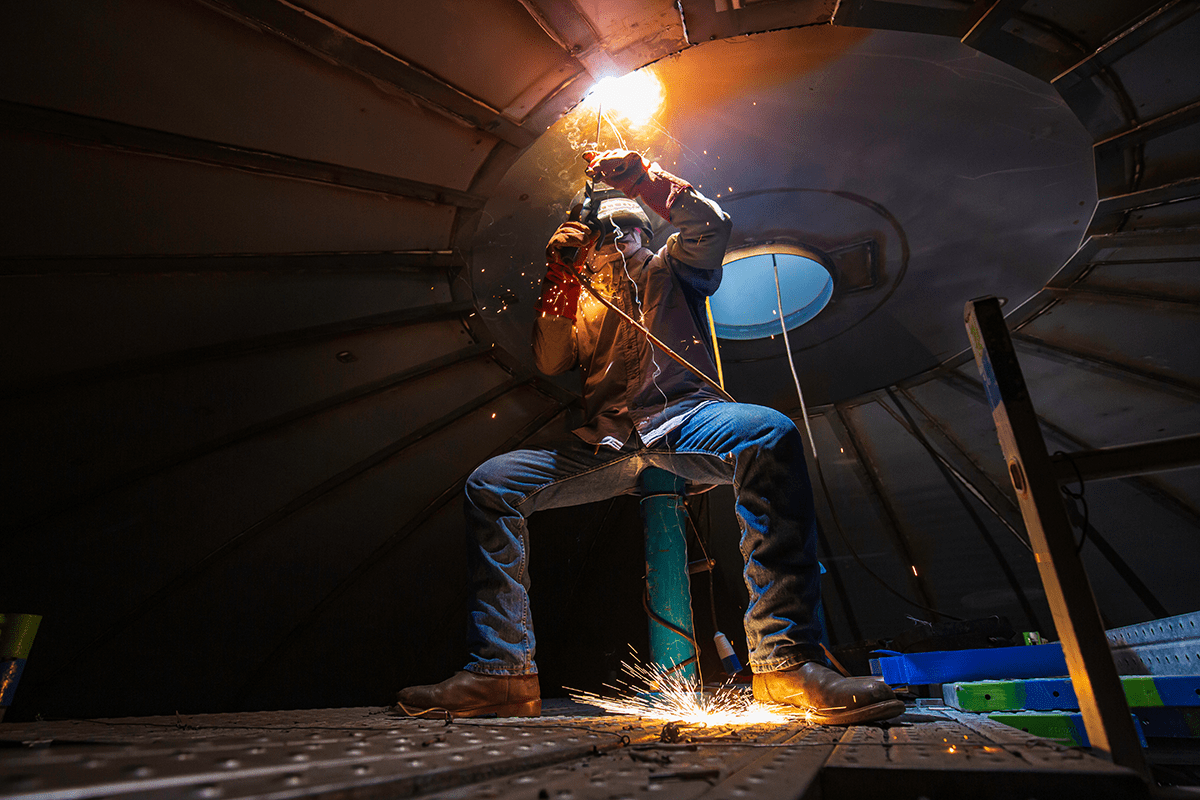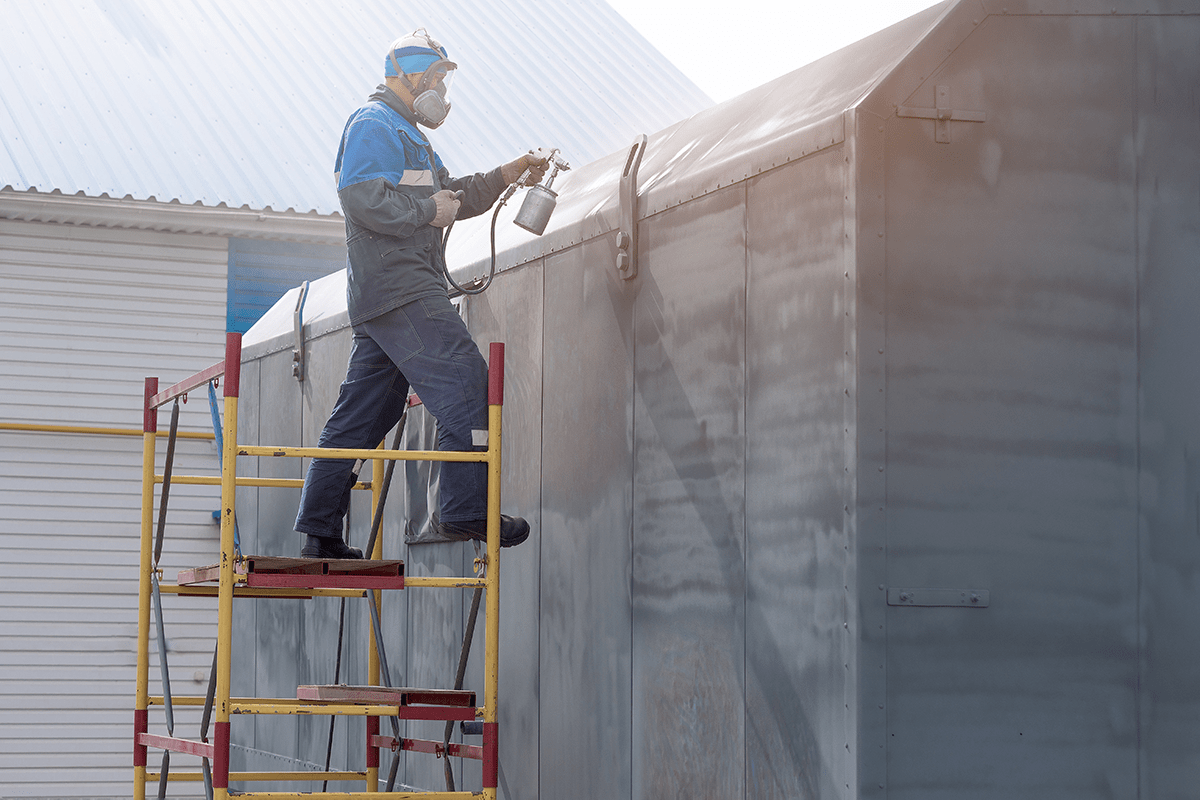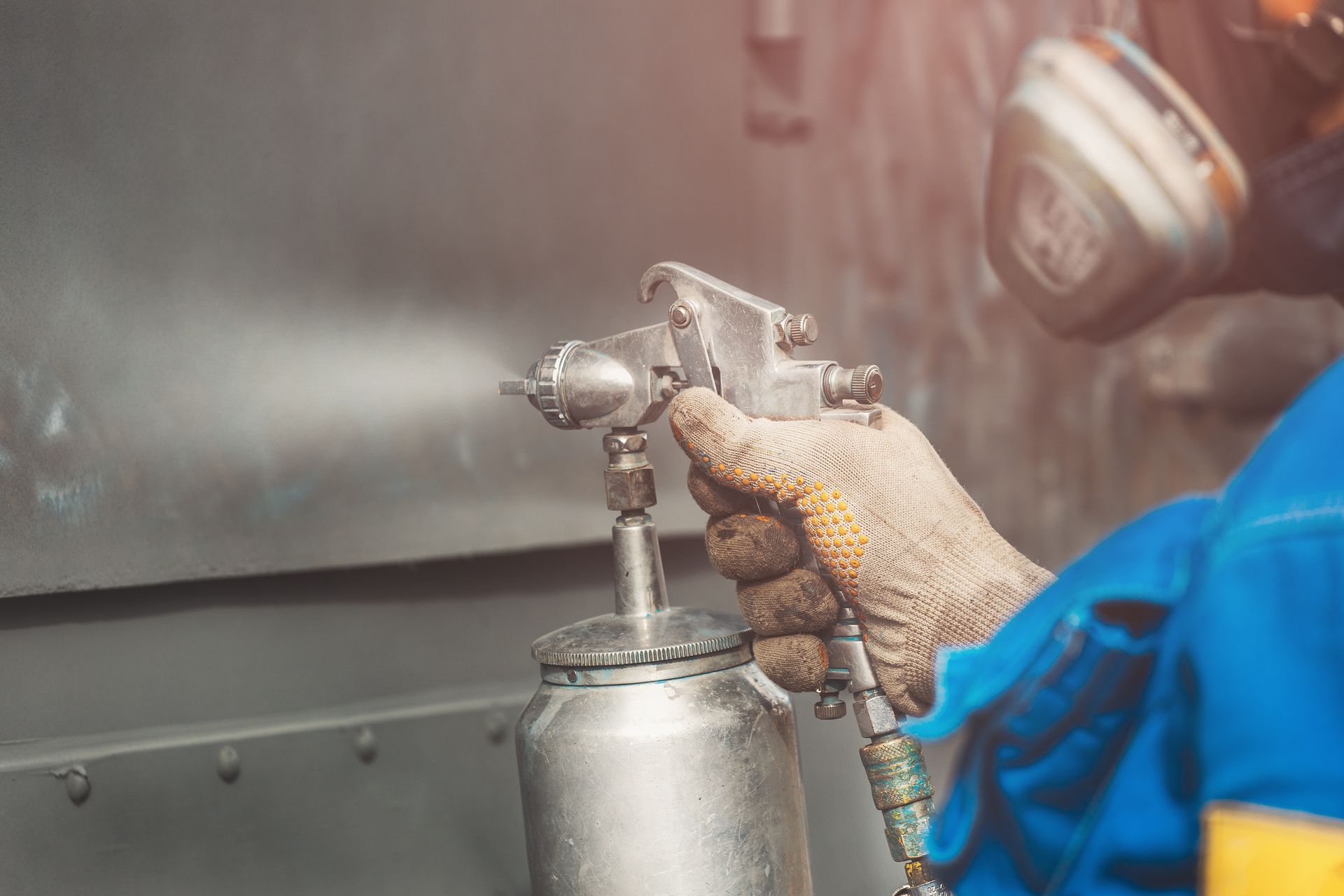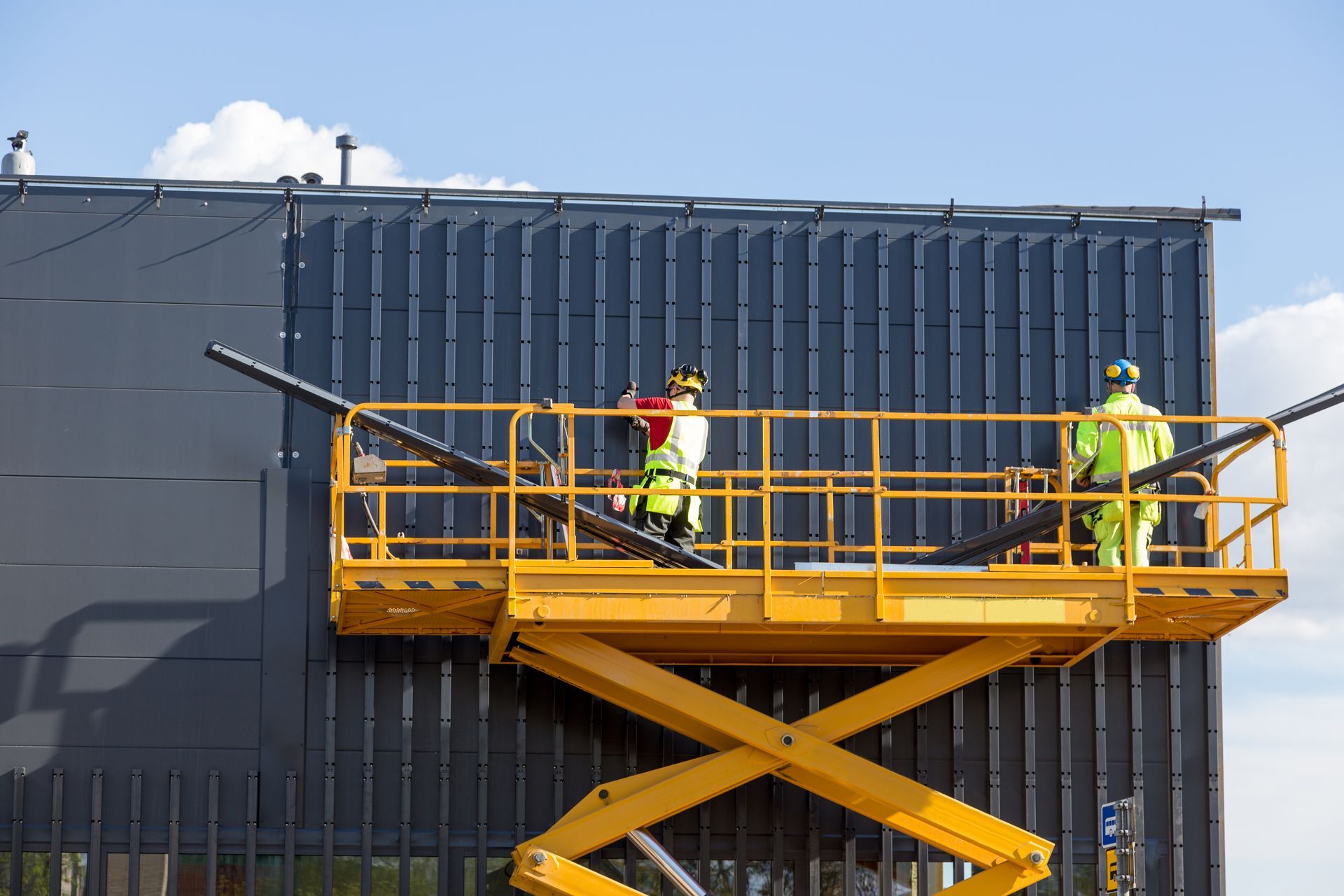All You Need To Know About Hydraulic Shearing Services
Shearing is a metal fabrication process that’s used to trim and remove unwanted material from sheet metal. It involves the use of a machine or tool, such as a bench shear or a hydraulic shear to slice through sheet metal with extreme precision.
In fact, shearing doesn’t require the use of heat — sheet metal is typically sheared while cold or at room temperature — nor does it produce waste in the form of chips, making it an attractive choice for manufacturers.
In this article, we'll explore more about how metal shearing is done at
metal fabrication workshops, the process of shearing, the different types of shearing machines available and the advantages of hydraulic shearing and hydraulic shearing services to those looking for it.
Firstly, how is shearing done on an industrial scale?
Shearing is performed by slicing through sheet metal with a blade-affixed machine or tool. Sheet metal is first secured between the tool’s or machine’s blades. Most shearing tools and machines have a squaring arm to control the location of the cut. After placing the sheet metal in the proper position with the squaring arm, the top blade drops to slice through the sheet metal. As the top blade comes down, the bottom of the sheet metal is pressed into the lower blade.
What are the types of shearing machines available?
a) Bench shears
One of the most common being a bench shear. Also known as a lever shear, a bench shear is a cutting tool that’s mounted to a working surface, such as a workbench. It’s small, lightweight and easy to use, though it requires the use of a stable and secure surface for mounting.
b) Guillotine shears
Guillotine machines are also used to perform shearing. Also known as a power shear, it’s a more complex shearing machine that’s powered either mechanically or hydraulically. The powered blade allows guillotine machines to slice through sheet metal faster and more effectively than a bench shear.
c) Hydraulic shears
Hydraulic shears are more efficient and easier to operate than mechanical machines, but should only be handled with care by qualified personnel. Many shearing machines have been designed with high-quality material to ensure durability for several years of use in harsh conditions without any failure.
The hydraulic swing maintains high rigidity and can operate at maximum efficiency as it has a solid, well-welded monoblock frame. This feature also helps to ensure a clean cut and high-quality service. It is used where modern design, durability, and production of 6-20mm thick sheets are required.
What are the advantages and benefits of a hydraulic shearing machine?
Hydraulic shearing machines are often made of high-quality steel, have a solid structure, and ensures efficient operation. It is one of the frame construction machines designed for all types of steel welding and metal fabrication used across any industry and requirements.
Depending on the nature of the processing requirements, the working pressure can be adjusted within certain ranges. Hydraulic guillotine shears have a centralized button control, making them easy to use. This workshop machine is used in industries dealing with the precision processing of sheet metal and sheet metal. Some of their key advantages include:
- Its steel welded frame construction provides good stability and rigidity
- Sheet distortion is greatly reduced through the use of an adjustable shear angle
- Has an integrated hydraulic system with a high degree of reliability and durability
- Rectangular blades can accommodate up to four cutting edges for a long service life
- Uses a hand wheel to accurately, quickly, and conveniently adjust the blade gap
Looking for a hydraulic shearing machine or hydraulic shearing service? Try Choong Ngai Engineering
With Choong Ngai Engineering's veteran technicians and engineers, we can provide a start-to-end hydraulic shearing services for your many requirements regardless of your industry.
Most importantly, we'll work alongside you and your team to understand and define your exact requirements, and this process ensures that we provide the best solution to your unique maintenance requirements.
With our custom pitch blade turbine fabrication equipment and technique, we've been servicing happy customers for over 10 years.
Learn more about our services and previous projects on our website at
https://www.choongngaiengineering.com/ or
contact us at
choonngaiengworks@gmail.com
